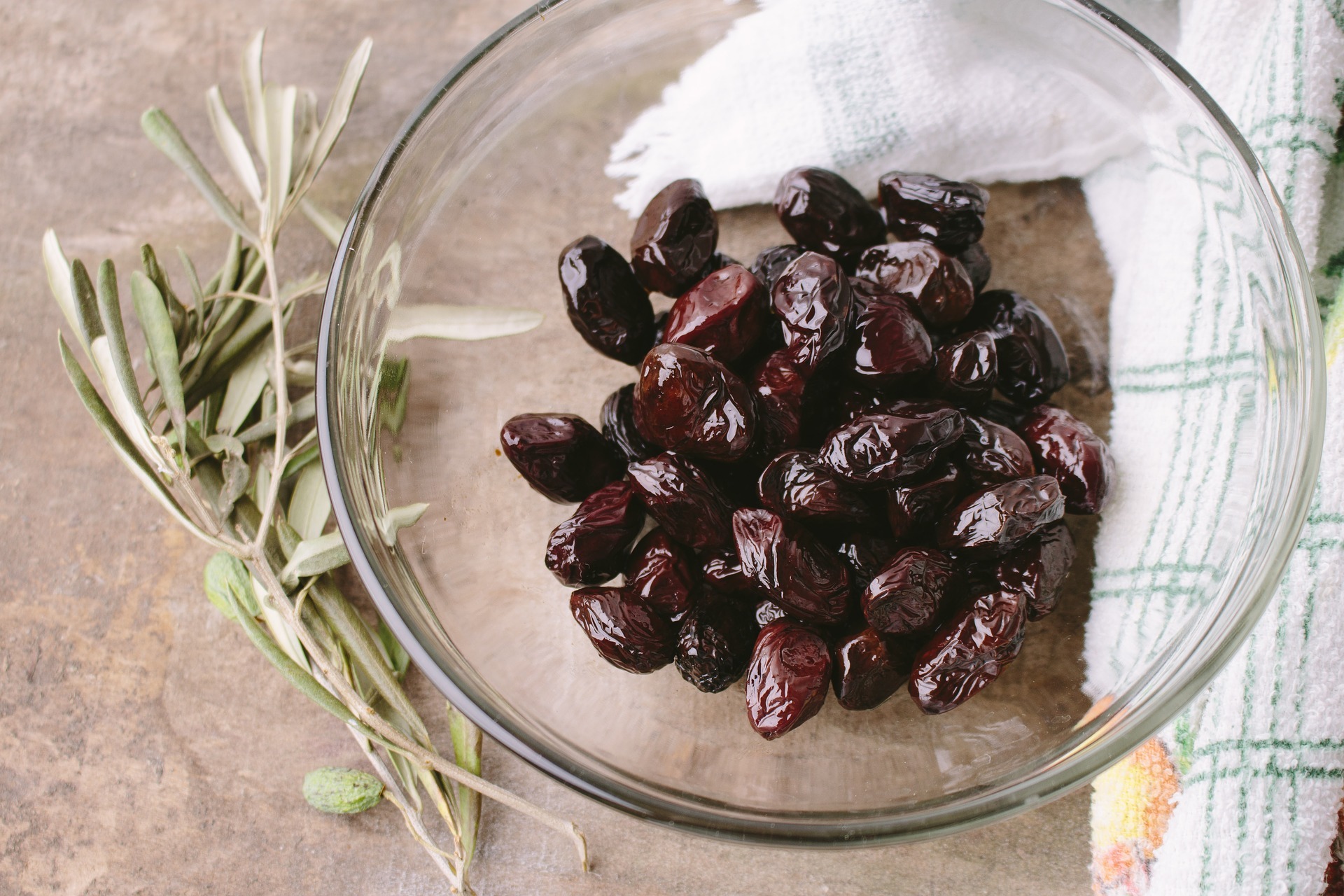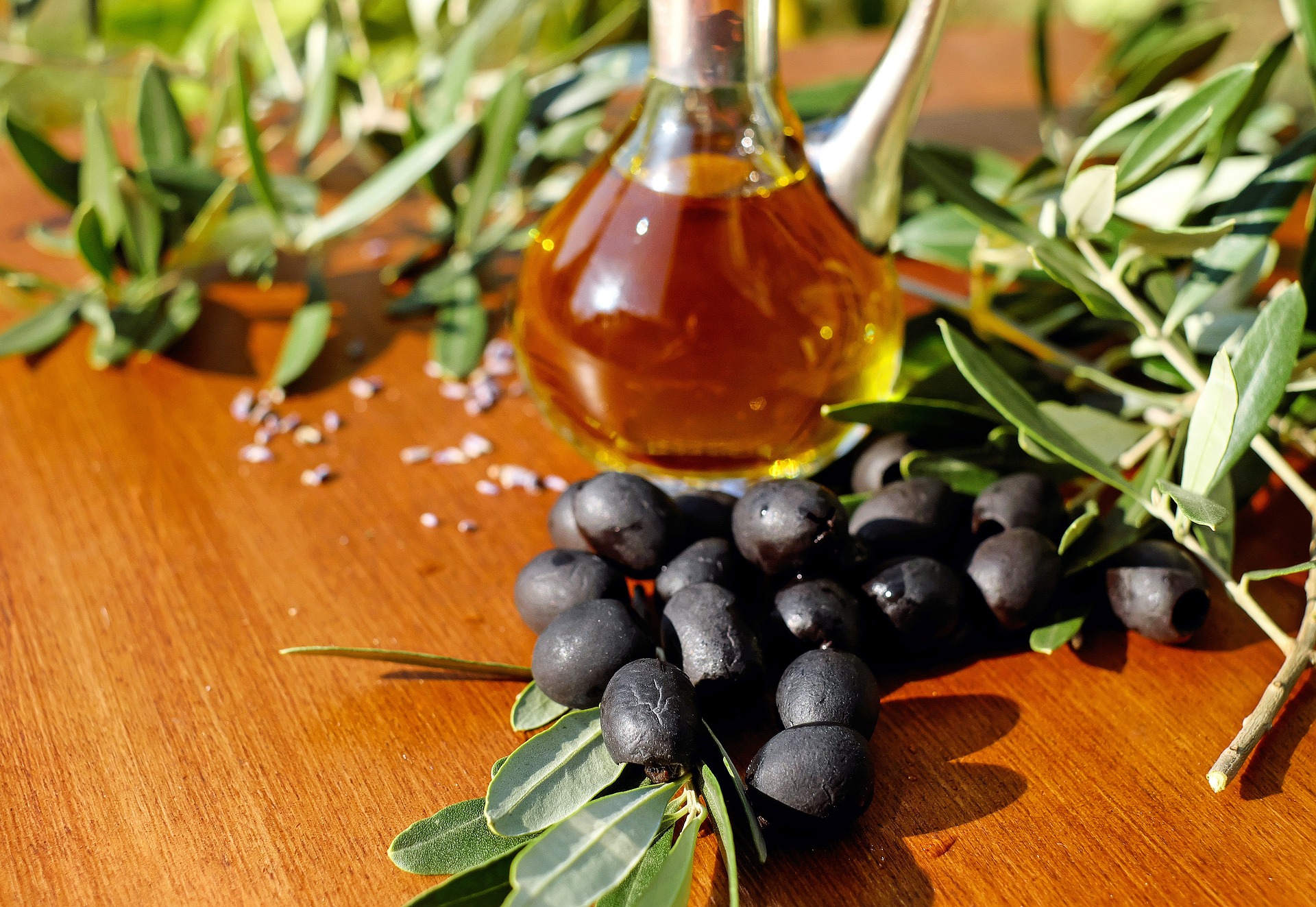Advances in the Production of Black Olives

Olives are fruits of the Olea europaea tree usually found in the Mediterranean Basin from Portugal to the Levant, the Arabian Peninsula, and even Southern Asia. Both green and black olives can be found in the market, but the difference between the two is the ripeness of the fruit when picked. Green Olives are picked before ripening while black olives are picked while ripe, when the color has turned from green to black. However, some olive varieties start off green and remain green when fully ripe. These varieties are picked in an unripe state, lye-cured and then exposed to air as a way of triggering oxidation and conversion to a black outer color.
Since raw and freshly picked olives are inedible due to their strong bitter flavor, both green and black olives are cured, either by being packed in salt, brine, or water before being eaten. Currently, alternative novel technologies are being explored for growing, harvesting, storage and processing of table olives with the aim of decreasing processing time and water usage, while also improving sustainability, increasing the health properties of the processed fruit and decreasing production cost.
Kanavouras, et al. (2005) investigated the effects of the fermentation process of black olives in varying salt brines. The olives were placed in: a) 16 % (w/v) concentration of NaCl, (control), b) a buffer of CH3COOH (0.05M) and Ca(OH)2 (0.025M) without any NaCl and initial pH 4.7, and c) a buffer of CH3COOH (0.05M) and Ca(OH)2 (0.025M) containing 12.8% (w/v) NaCl, and pH 4.3. Isolation, identification and enumeration of predominant microorganisms from fruits and brines were conducted. As well as the color, intensity, texture and sensory evaluation tests of the final products were performed. Results showed that the third fermentation process, (c), yielded a product with low salt content, no presence of spoilage microflora or other alterations during the fermentation period, with significantly better final texture and color, and higher acceptability among the consumers compared to the other two samples.
Álvarez, López & Lamarque (2012) investigated the effects of air and calcium chloride (CaCl2) incorporation during naturally black olive fermentation of Manzanilla and Arauco cultivars at an industrial scale. The results indicated a general improvement of the surface color of aerobically processed fruits with lower L* values (darker color) for both cultivars. The effect of adding CaCl2 at the beginning of fermentation had a significant positive effect on hardness in Manzanilla fruits, regardless of fermentative system used. While Arauco olives improved on texture only when CaCl2 and aeration was used simultaneously. However, no differences in caloric values of fruits between treatments were found.

Panagou, et al. (2011) examined the impact of different mixtures of NaCl, KCl, and CaCl2 on the fermentation profiles of Conservolea natural black olives. Five different combinations of chloride salts were investigated, namely (i) 8% NaCl (control treatment), (ii) 4% NaCl and 4% KCl, (iii) 4% NaCl and 4% CaCl2, (iv) 4% KCl and 4% CaCl2, and (v) 2.6% NaCl-2.6% KCle2.6% CaCl2. Results demonstrated that all salt combinations led to vigorous lactic acid processes based on the obtained values of pH (3.9-4.2) and titratable acidity (0.70-0.86 g lactic acid per 100 ml brine). Increasing concentrations of CaCl2 or a combination of KCl and CaCl2 rendered the product bitter with low acceptability by the taste panel. Also, only one combination of chloride salts (4% NaCl and 4% KCl) could finally produce olives with lower sodium content and good organoleptic attributes.
Tuna & Akpinar-Bayizit (2009) used Edincik-Su variety black olives, to process three different debittering methods [fermentation with Lactobacillus plantarum (T I), fermentation with β-glucosidase enzyme + L. plantarum (T II), modified ripe-olive fermentation (T III)], and the effects of the applied methods on physicochemical and sensory characteristics of fermentation media were investigated. The average salt concentrations of the brines were determined as 5.718, 5.769 and 4.825%, for T I, T II and T III, respectively. Salt content of T III was found to be lower than the other treatments. T III olives displayed the lowest acidity (0.270%) with the highest pH (5.96) depending on removal of most of the sugars and nutrients by lye treatment and following washings. The pH presented a sharp decrease, on the contrary to acidity, within the first days of fermentation in all treatments. The average reducing sugar concentrations of treatments were determined as 0.748, 0.692 and 0.441% for T I, T II and T III, respectively. Although the lowest oleuropein values were obtained in T III olives, the overall liking scores revealed that T II olives had higher organoleptic acceptability (as 27.9). T II and T III olives were found to be more typical to consumers. The correlations of the different sensory attributes with overall acceptability indicated that the panel was negatively influenced by bitterness and skin separation. It appeared that the panelists preferred olives with an acidic/bitter taste and firm appearance.
Lastly, researchers at Uludag University (Bursa, Turkey) investigated the viability of using vacuum impregnation to speed up the rate of olive debittering. Green olives under vacuum impregnation and suspended in a lye treatment of 1.5% NaOH took 8 hours to reduce the levels of oleuropein from starting conditions to a third of the initial concentrations, as compared to 48 hours under atmospheric conditions. (Johnson & Mitchell, 2018).
References:
- Kanavouras, A., et al. (2005) Evaluation of Greek-Style Black Table Olives in Salt Varying Brines. Gracas y Aceites: International Journal of Fats and Oils, 56(2).
- Álvarez, D. M. E., López, A., & Lamarque, A. L. (2012). Industrial Improvement for Naturally Black Olives Production of Manzanilla and Arauco Cultivars. Journal of Food Processing and Preservation, 38(1), 106–115.
- Panagou, E. Z., Hondrodimou, O., Mallouchos, A., & Nychas, G.-J. E. (2011). A study on the implications of NaCl reduction in the fermentation profile of Conservolea natural black olives. Food Microbiology, 28(7), 1301–1307.
- Tuna, Soner & Akpinar-Bayizit, Arzu. (2009). The Use of β-glucosidase Enzyme in Blck Table Olives Fermentation. Notulae Botanicae Horti Agrobotanici Cluj-Napoca, 37(2), 182-189.
- Johnson, Rebecca L. & Mitchell, Alyson E. (2018). Reducing Phenolics Related to Bitterness in Table Olives. Journal of Food Quality.
Post a comment